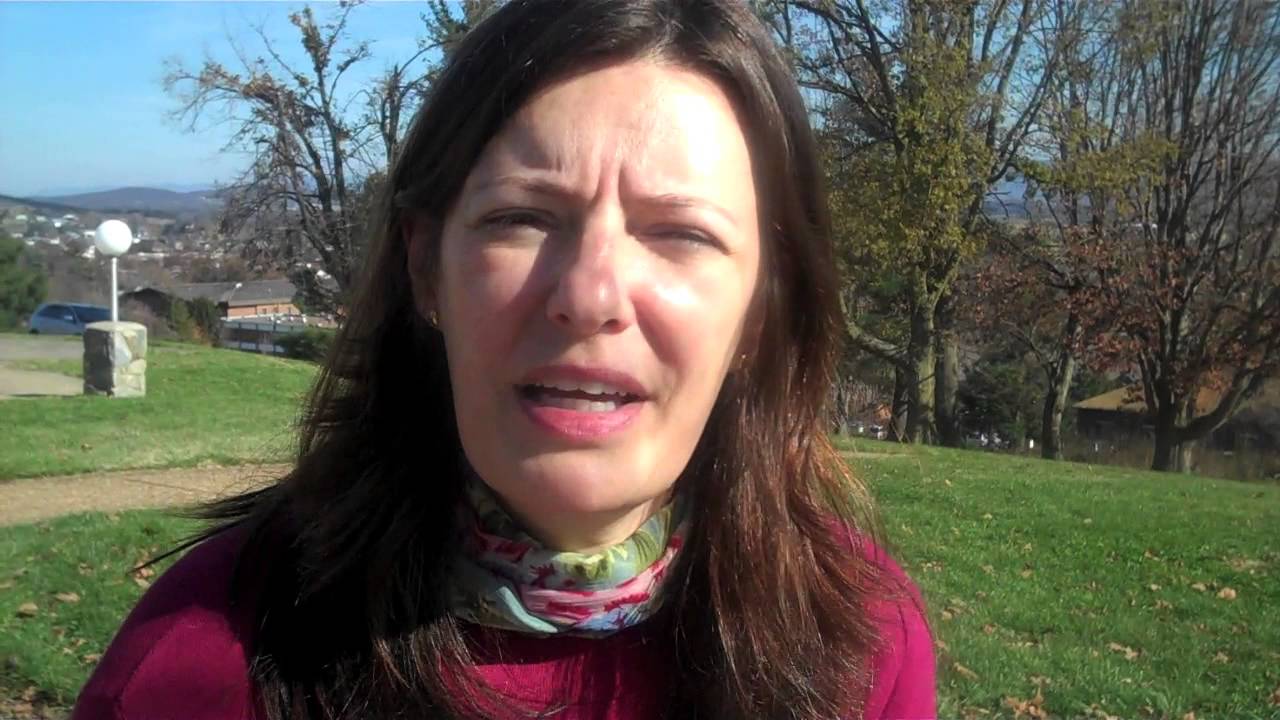Strategies For Trauma Awareness And Resilience - Transformational System To Heal From Trauma
There are a variety of methods that can help people break free from violent cycles and become more resilient. One such educational program is titled "Strategies for Trauma Awareness and Resilience" (STAR), and it aims to help its students accomplish two main goals: (a) comprehend and de-stigmatize the potential effects of traumatic events; (b) cultivate life-giving responses that meet human needs rather than escalating violence.
Author:Suleman ShahReviewer:Han JuOct 10, 2022218K Shares2.9M Views

Extreme fortitude and resilience can be revealed and developed in the face of war, genocide, gender-based violence, structural oppression, and other forms of chronic violence and social upheaval. They can cause severe harm to people—physically, psychologically, and spiritually.
These wrongs can motivate people to hurt themselves or others, trapping us in vicious cycles of aggression. There are a variety of methods that can help people break free from violent cycles and become more resilient.
One such educational program is titled "Strategies for Trauma Awareness and Resilience" (STAR), and it aims to help its students accomplish two main goals: (a) comprehend and de-stigmatize the potential effects of traumatic events; (b) cultivate life-giving responses that meet human needs rather than escalating violence.
Strategies for Trauma Awareness and Resilience will help people in the mental health, medical, legal, religious, educational, peacemaking, humanitarian, human rights, and development fields, as well as anyone else who works with people who are going through or has gone through trauma.
What Do We Learn In Trauma Awareness Training?
In the wake of a natural catastrophe, people's perceptions of physical safety and their connections to others in the community are altered in unique ways. Communities and families that have experienced a natural catastrophe or another traumatic event often exhibit unique trauma responses. How much a community can get back on its feet after something bad happens may depend on how leaders react.
Leaders in communities that have suffered trauma may benefit greatly from receiving training in trauma resiliency. Beginning in 2001, STAR has provided trauma awareness and resilience training based on scientific evidence. STAR uses ideas and methods from the fields of neuroscience, conflict transformation, human security, spirituality, and restorative justice to meet the needs of communities that have been hurt by trauma.
STAR is designed for mental health, medical, legal, religious, educational, peacebuilding, humanitarian, human rights, and development workers, and anyone else who comes into contact with communities living with present or historical trauma.
The Center for Restorative Justice and Peacebuilding established the STAR (Strategies for Trauma Awareness and Resilience) program to aid community leaders in recovering from 9/11. Over 7,000 community leaders have been prepared to deal with local and global crises in recent years. The Brookfield Institute was the first place to use STAR training for veterans, and now their program is used all over the country.
Exercises, role-playing, and open conversation are just some of the ways that the STAR training's five days put trauma resilience theory into practice. Participants get an understanding of the several methods for recovering from trauma and the tools available to them at each stage. When the workshop is over, participants will have the knowledge and skills they need to teach others in their own areas.

How do you plan to use Strategies for Trauma Awareness and Resilience (STAR)?
People Also Ask
How Do You Provide Trauma Informed Care?
The first crucial step in providing trauma-informed care is making sure the person's physical and emotional safety is taken into account. The individual then needs assurance that the service provider can be relied on.
What Is Trauma Resilience Training?
Based on a solid understanding of the physical and social effects of traumatic injury, this clinically facilitated program equips veterans and first responders with the tools they need to overcome the natural and understandable effects of traumatic exposure.
What Is Resilience In Trauma Informed Care?
Positive child outcomes despite trauma exposure; prevention of trauma recurrence despite the high risk of subsequent exposure; and avoidance of painful events despite high risk are all definitions of trauma resilience.
Final Words
Success stories of individuals and communities who have overcome violent cycles can serve as models for how to achieve these goals. Strategies for Trauma Awareness and Resilience program helps people to deal with the effects of trauma and get the tools they need to meet basic human needs, like making sure everyone is safe, respected, and treated fairly.

Suleman Shah
Author
Suleman Shah is a researcher and freelance writer. As a researcher, he has worked with MNS University of Agriculture, Multan (Pakistan) and Texas A & M University (USA). He regularly writes science articles and blogs for science news website immersse.com and open access publishers OA Publishing London and Scientific Times. He loves to keep himself updated on scientific developments and convert these developments into everyday language to update the readers about the developments in the scientific era. His primary research focus is Plant sciences, and he contributed to this field by publishing his research in scientific journals and presenting his work at many Conferences.
Shah graduated from the University of Agriculture Faisalabad (Pakistan) and started his professional carrier with Jaffer Agro Services and later with the Agriculture Department of the Government of Pakistan. His research interest compelled and attracted him to proceed with his carrier in Plant sciences research. So, he started his Ph.D. in Soil Science at MNS University of Agriculture Multan (Pakistan). Later, he started working as a visiting scholar with Texas A&M University (USA).
Shah’s experience with big Open Excess publishers like Springers, Frontiers, MDPI, etc., testified to his belief in Open Access as a barrier-removing mechanism between researchers and the readers of their research. Shah believes that Open Access is revolutionizing the publication process and benefitting research in all fields.

Han Ju
Reviewer
Hello! I'm Han Ju, the heart behind World Wide Journals. My life is a unique tapestry woven from the threads of news, spirituality, and science, enriched by melodies from my guitar. Raised amidst tales of the ancient and the arcane, I developed a keen eye for the stories that truly matter. Through my work, I seek to bridge the seen with the unseen, marrying the rigor of science with the depth of spirituality.
Each article at World Wide Journals is a piece of this ongoing quest, blending analysis with personal reflection. Whether exploring quantum frontiers or strumming chords under the stars, my aim is to inspire and provoke thought, inviting you into a world where every discovery is a note in the grand symphony of existence.
Welcome aboard this journey of insight and exploration, where curiosity leads and music guides.
Latest Articles
Popular Articles